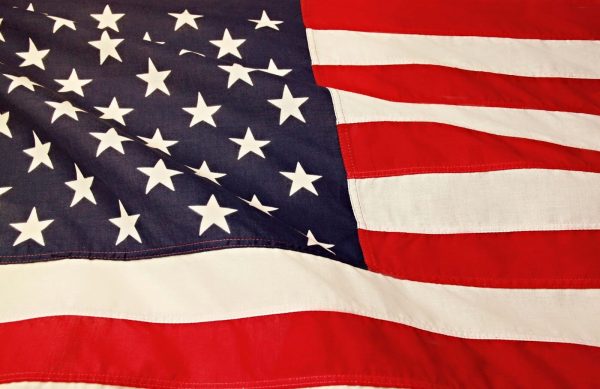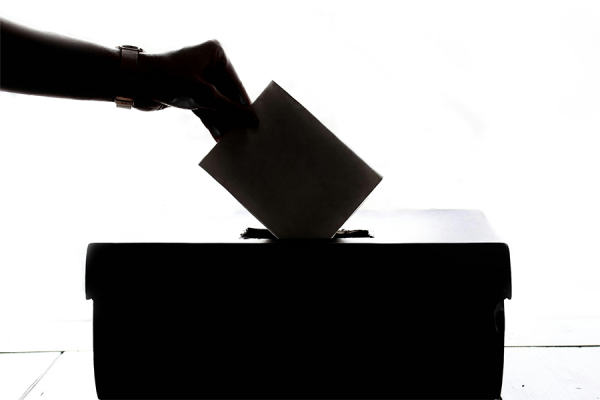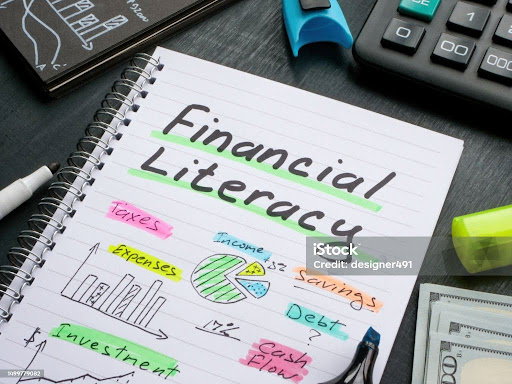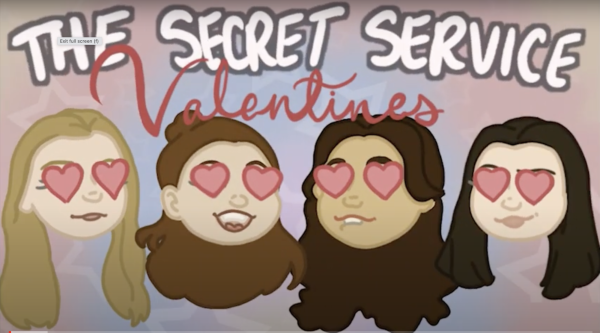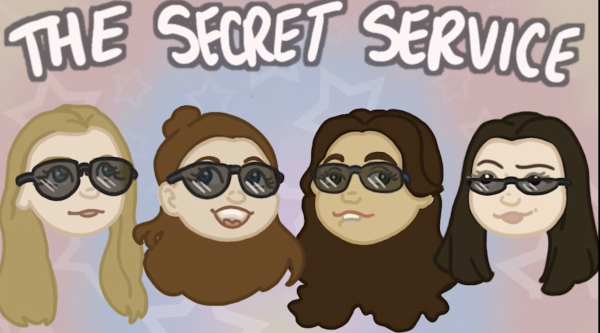How Biased is your High School History Textbook?
January 24, 2020
Flipping open a history textbook in a classroom should give students a full, unbiased view of history. However, a recent article in the New York Times reveals that US high school history textbooks may share two different stories.
The article compares a Texas high school history textbook with a California history textbook, noting how the information was presented differently. In Texas, the textbook publishers left out references to sexuality and gender regarding Native Americans, while the California textbook includes information about these topics. In addition, articles were left out of California textbooks concerning Barack Obama’s policies, while they are included in the Texas book.
Loren Springer, a social studies teacher at Bob Jones said, “Textbooks, of course, serve a particular view–[they reflect] what the publisher thinks is important to include and leave out.” In omitting or selectively choosing a particular viewpoint, there is a risk of introducing bias into the subject matter.
However, different teachers use different teaching methods. Some teachers teach directly out of a textbook, while others do not rely on a textbook at all. “I personally try to stay away from a textbook because I prefer to generate and organize my own content in a way I think is best,” said Springer. Similarly, Rodney Schrismsher, a Bob Jones Early US History teacher, explains that most teachers do not teach directly from the book, but use it as a reference to go further in depth into a subject. This means that students have to be aware of potential political, religious, and/or gender bias in textbooks.
“If you are in the majority in terms of religious, social, or political beliefs, then your views are more likely to be shared with the textbook. You will probably never question the textbook because this is what the people around you think too,” said Springer, adding, “Though, can you imagine holding a view, a belief, or an experience not shared by a textbook and hearing from a teacher “this is how it was” because it’s in the textbook?”
In regards to textbooks presenting narrow viewpoints, Schrimsher said, “In history, we should never teach only one side of [a] conflict or debate, and we shouldn’t alienate specific details of history’s events because they may be uncomfortable for some learners.” He also noted one of his favorite phrases, “‘We don’t want to just learn the Who/What/When/Where of history, but we truly strive to understand the How & Why.’” This quote highlights that bias in textbooks is a problem because students may not learn what truly happened or potentially glaze over certain aspects of history.
Understanding that there are always two sides to a story, students must take the material presented to them and process the information for themselves.



